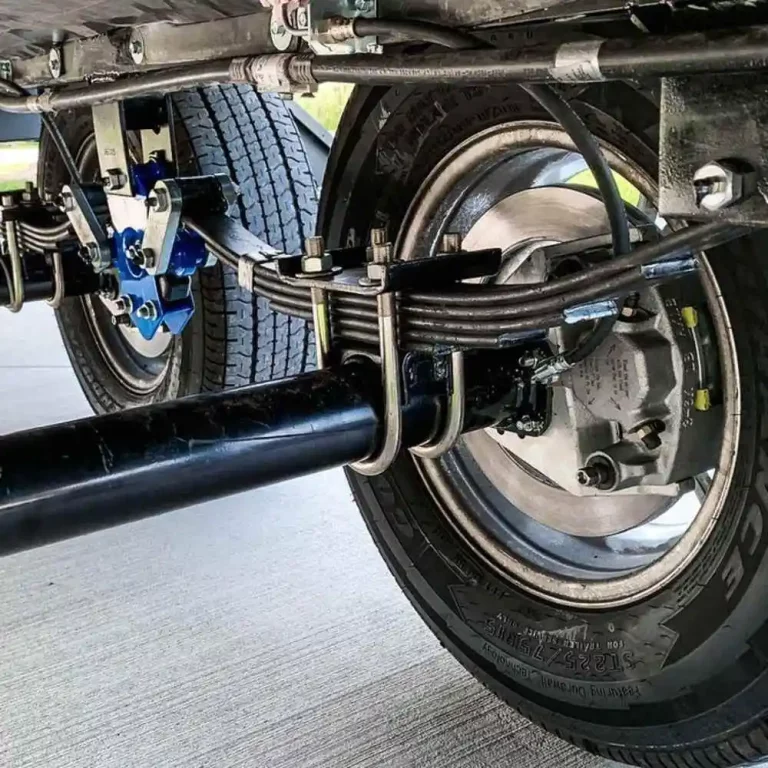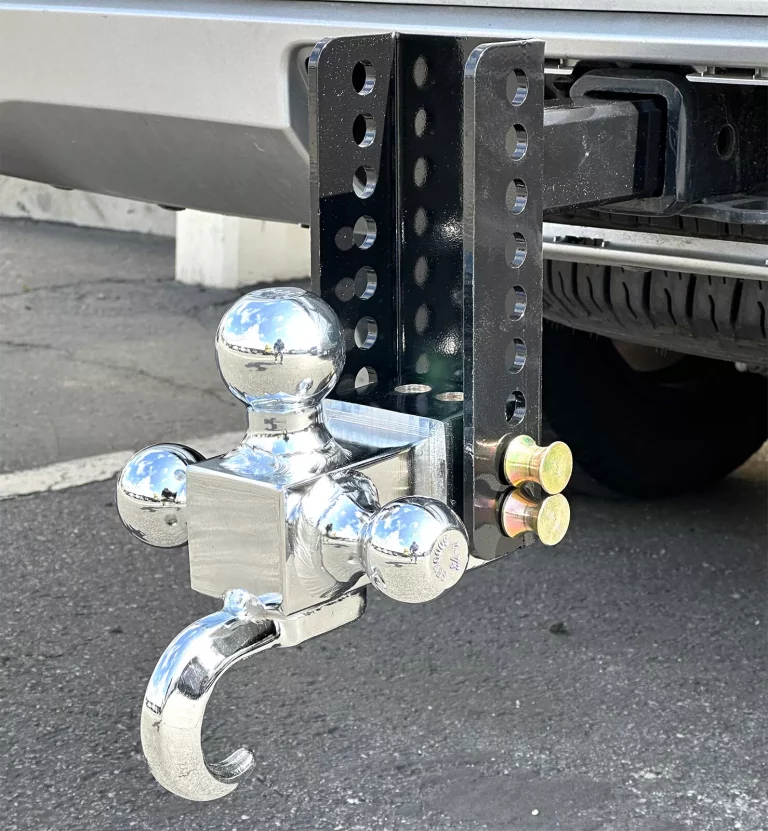Drum hub and disc hub are two different types of wheel hubs commonly used in automotive and bicycle applications. The main difference between the two lies in their design and functionality.
A drum hub, also known as a drum brake hub, is a type of hub that houses a drum brake mechanism. It consists of a cylindrical drum attached to the hub, which is connected to the wheel. When the brake pedal is pressed, the brake shoes inside the drum expand and press against the drum, creating friction and slowing down the vehicle or bicycle.
On the other hand, a disc hub, also known as a disc brake hub, is designed to accommodate a disc brake system. It consists of a flat disc attached to the hub, which is connected to the wheel. When the brake pedal is pressed, brake pads squeeze against the disc, creating friction and stopping the vehicle or bicycle.
The choice between drum hub and disc hub depends on various factors, including the type of vehicle or bicycle, desired braking performance, and personal preference. Disc hubs are generally preferred for their superior braking power, heat dissipation, and ease of maintenance. Drum hubs, on the other hand, are often used in applications where cost, simplicity, and durability are prioritized.
In conclusion, drum hubs and disc hubs differ in their design and application. While drum hubs are commonly used in applications that prioritize cost and durability, disc hubs offer superior braking performance and are favored for their heat dissipation and ease of maintenance.






